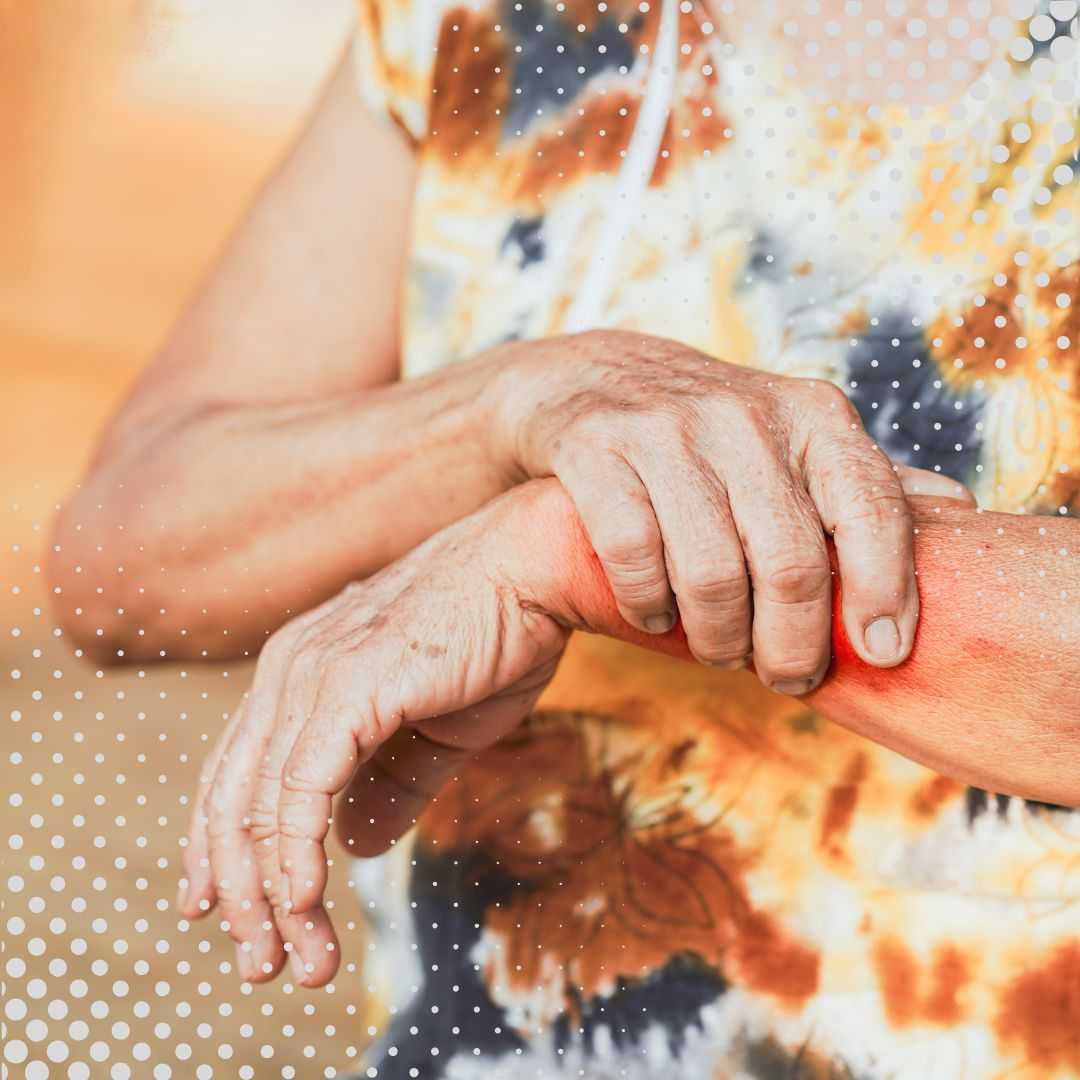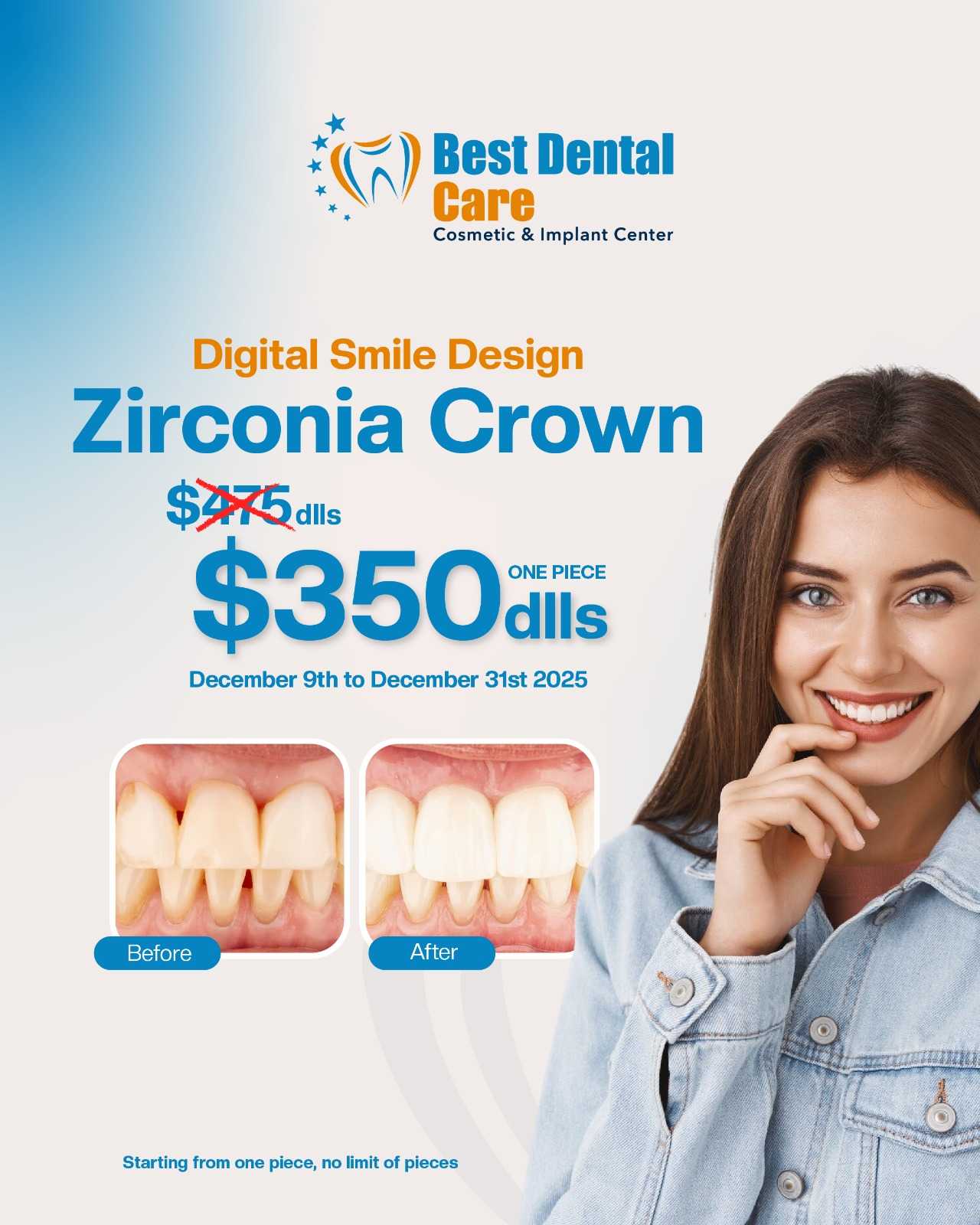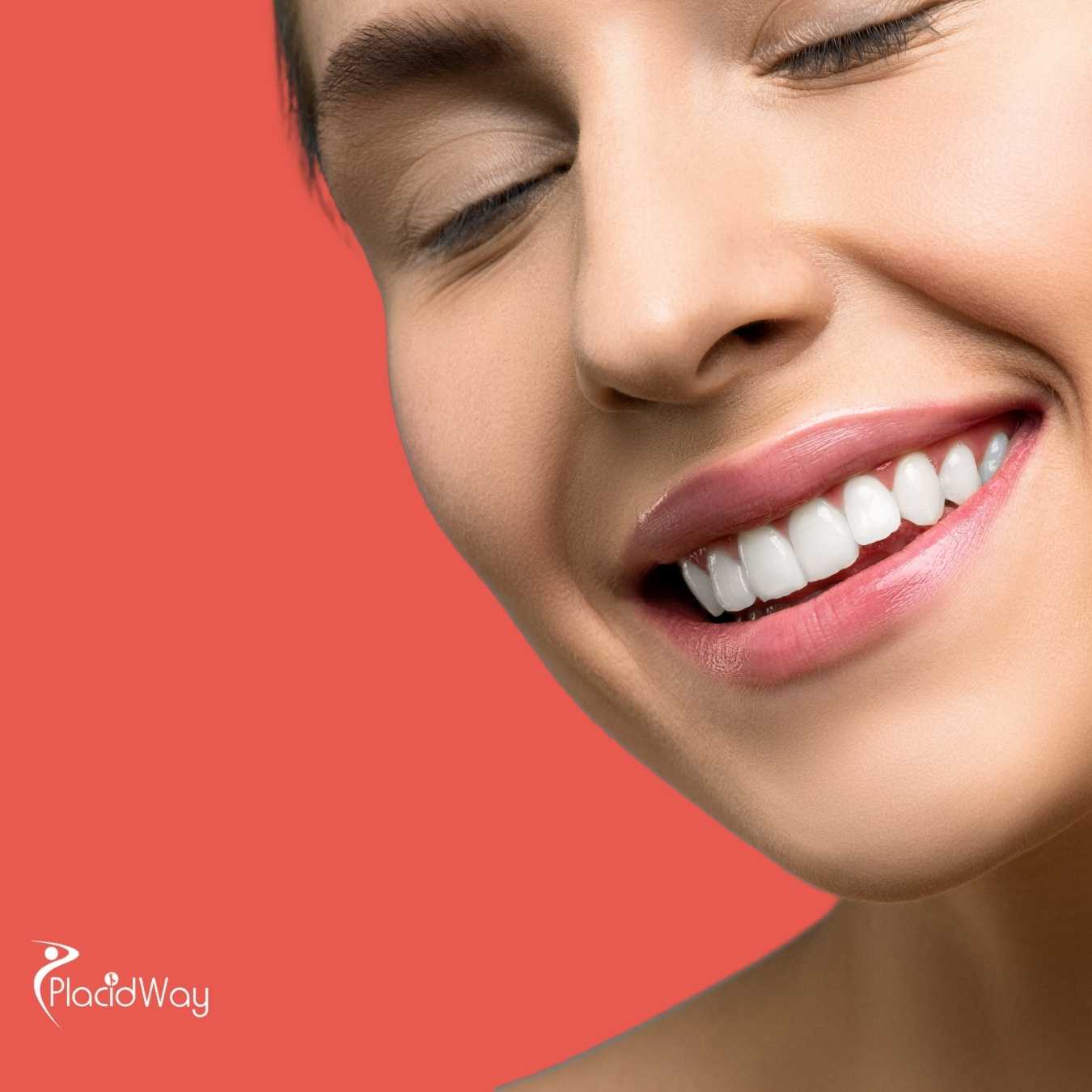
Reveal Your Best Skin: Top Skin Resurfacing Options Globally
Are you looking to refresh your appearance, smooth out wrinkles, or diminish the look of scars and sun damage? Skin resurfacing might be the answer you've been searching for. This popular cosmetic procedure gently removes the outermost layers of your skin, revealing the fresher, healthier skin beneath. The result? A more even skin tone, reduced imperfections, and a noticeably smoother texture that can take years off your appearance.
While highly effective, the cost of advanced skin resurfacing treatments can be a significant barrier in many Western countries. This is where the exciting world of medical tourism for skin resurfacing comes into play. Imagine combining a rejuvenating procedure with a relaxing trip abroad, all while saving a substantial amount of money. Countries like Turkey, Mexico, Thailand, and South Korea have become hotspots for high-quality, affordable cosmetic treatments, including various forms of skin resurfacing.
Patients are increasingly choosing to travel for procedures like laser skin resurfacing, chemical peels, and microneedling, drawn by the prospect of world-class care, state-of-the-art technology, and significantly lower prices. This guide will walk you through everything you need to know about skin resurfacing, both the procedures themselves and how medical tourism can make these transformative treatments more accessible and appealing. Get ready to explore your options and embark on a journey to smoother, more radiant skin.
What Exactly Is Skin Resurfacing?
At its core, skin resurfacing is about renewal. It involves various techniques that intentionally create controlled injury to the skin's surface. This controlled damage triggers your body's natural healing process, prompting it to produce new, healthy skin cells and significantly boost collagen and elastin production.
Collagen and elastin are essential proteins that provide skin with its firmness, elasticity, and youthful bounce. As we age, or due to sun exposure and other environmental factors, these proteins diminish, leading to wrinkles, sagging, and a dull complexion. Skin resurfacing effectively addresses these concerns, making it an excellent option for treating:
- Fine lines and wrinkles around the eyes, mouth, and forehead
- Acne scars and other types of scars
- Sun damage, including age spots and freckles
- Uneven skin tone and texture
- Enlarged oil glands (sebaceous hyperplasia)
What Are the Different Types of Skin Resurfacing Treatments?
The world of skin resurfacing offers a range of options, each tailored to different skin concerns, desired results, and recovery tolerances. Understanding these types is crucial for choosing the right treatment.
- Laser Resurfacing: This is one of the most popular and effective methods. Lasers use concentrated light beams to remove skin layers.
- Ablative Lasers (e.g., CO2, Erbium): These lasers remove the outermost layer of skin (epidermis) and heat the underlying layer (dermis), stimulating new collagen growth. They offer dramatic results for deep wrinkles and severe sun damage but involve significant downtime (1-2 weeks).
- Non-Ablative Lasers (e.g., Fraxel, IPL): These lasers heat the underlying tissue without removing the top layer, promoting collagen growth with less downtime (a few days). They are ideal for fine lines, minor sun damage, and improving skin tone, but often require multiple sessions.
- Chemical Peels: These involve applying a chemical solution to the skin to exfoliate and eventually peel off damaged layers.
- Light Peels: Use mild acids (e.g., alpha-hydroxy acids) for superficial exfoliation, improving texture and mild discoloration with minimal downtime.
- Medium Peels: Use trichloroacetic acid (TCA) to penetrate deeper, addressing fine lines, age spots, and moderate acne scars with a few days of peeling.
- Deep Peels: Use stronger acids (e.g., phenol) for significant rejuvenation, targeting deep wrinkles and severe sun damage, but require extensive recovery and are performed under sedation.
- Dermabrasion & Microdermabrasion:
- Dermabrasion: A medical procedure where a rapidly rotating brush removes the outer layers of skin. It's effective for deeper scars and wrinkles but has longer recovery.
- Microdermabrasion: A less invasive treatment that uses tiny crystals or a diamond-tipped wand to gently abrade the skin, improving mild sun damage and dullness with no downtime.
- Microneedling: This technique uses a device with fine needles to create tiny punctures in the top layer of the skin. These micro-injuries stimulate collagen and elastin production, improving texture, scars, and fine lines. Often combined with serums (like PRP for "Vampire Facials").
Am I a Good Candidate for Skin Resurfacing?
Determining if skin resurfacing is right for you involves a thorough evaluation by a qualified dermatologist or plastic surgeon. Generally, good candidates share several characteristics:
- Specific Skin Concerns: You have visible signs of aging (fine lines, wrinkles), sun damage (age spots, uneven tone), acne scars, or other textural irregularities you wish to improve.
- Good Overall Health: You are in good general health and do not have any underlying medical conditions that could impair healing or increase risks.
- Realistic Expectations: You understand what the procedure can and cannot achieve. Skin resurfacing can significantly improve your skin's appearance, but it won't stop the aging process entirely or deliver "perfect" skin.
- Non-Smoker: Smoking can impair healing and increase the risk of complications.
However, some factors might make you a less suitable candidate or require caution:
- Active Acne or Cold Sores: These need to be treated before resurfacing to prevent infection.
- Certain Medications: Blood thinners or medications like isotretinoin (Accutane) can affect healing and scarring.
- Darker Skin Tones: Some resurfacing methods, particularly ablative lasers, carry a higher risk of hyperpigmentation (darkening) or hypopigmentation (lightening) in darker skin types. However, experienced practitioners can select appropriate treatments to minimize these risks.
- Unrealistic Expectations: If you're expecting a complete transformation into someone else, resurfacing may not satisfy you.
A personalized consultation is vital to discuss your medical history, skin type, and aesthetic goals to recommend the safest and most effective treatment plan.
How Should I Prepare for a Skin Resurfacing Procedure?
Proper preparation is key to achieving optimal results and minimizing complications from skin resurfacing. Your specialist will provide specific instructions, but common recommendations include:
- Avoid Sun Exposure: Stay out of direct sunlight for several weeks before your procedure. Use a broad-spectrum sunscreen daily, even indoors, to protect your skin. Tanned skin can increase the risk of complications like uneven pigmentation.
- Discontinue Certain Skincare Products: You may be asked to stop using retinoids, alpha hydroxy acids (AHAs), beta hydroxy acids (BHAs), and other exfoliating products several weeks prior to treatment.
- Medication Review: Inform your doctor about all medications, supplements, and herbal remedies you are taking. You might need to stop blood thinners (e.g., aspirin, ibuprofen) for a period before the procedure to reduce bruising. If you have a history of cold sores, you may be prescribed antiviral medication to take before and after the treatment.
- Hydrate and Moisturize: Keep your skin well-hydrated and moisturized in the weeks leading up to your appointment, as healthy skin heals better.
Following these pre-treatment guidelines diligently will prepare your skin for the procedure, promote better healing, and contribute to a more successful outcome.
What Can I Expect During and After Skin Resurfacing?
The experience during and after skin resurfacing varies greatly depending on the type and intensity of the treatment. However, some general expectations apply:
During the Procedure:
- Pain Management: For milder treatments like light chemical peels or microdermabrasion, you might feel a tingling sensation. For more intensive procedures like ablative laser resurfacing or deep chemical peels, your doctor will use local anesthesia, topical numbing creams, or even intravenous sedation to ensure your comfort.
- Duration: Treatment times can range from 30 minutes for a quick peel to several hours for full-face ablative laser treatment.
After the Procedure (Recovery):
- Immediate Effects: Expect redness, swelling, and a sensation similar to a sunburn. This can last from a few days for lighter treatments to several weeks for more aggressive ones.
- Peeling and Flaking: As new skin cells emerge, the old, damaged skin will begin to peel or flake off. This is a normal part of the healing process.
- Downtime: This varies significantly:
- Minimal (1-3 days): Light chemical peels, microdermabrasion, some non-ablative lasers.
- Moderate (5-7 days): Medium chemical peels, microneedling, more intensive non-ablative lasers.
- Significant (1-3 weeks): Ablative laser resurfacing, deep chemical peels, dermabrasion.
- Aftercare: You'll receive detailed instructions on cleaning, moisturizing, and protecting your healing skin. Strict sun avoidance and liberal use of sunscreen are paramount during this period.
Results will emerge gradually as your skin heals and new collagen develops, often appearing smoother, brighter, and more youthful. It's crucial to follow all post-care instructions meticulously to ensure proper healing and optimal results.
Are There Any Risks or Side Effects of Skin Resurfacing?
As with any medical procedure, skin resurfacing comes with potential risks and side effects. While many are mild and temporary, it's important to be aware of them:
Common and Temporary Side Effects:
- Redness and Swelling: Almost universal, this can range from a mild flush to significant swelling, lasting days to weeks depending on treatment intensity.
- Itching or Stinging: Often experienced during the healing phase.
- Sensitivity: Your skin will be more sensitive to sunlight and certain products.
- Milia (Small White Bumps): These can appear during healing but usually resolve on their own.
- Temporary Hyperpigmentation: Especially in darker skin tones, the treated area may temporarily darken. This usually fades but can be managed with specific skincare.
Rare but More Serious Risks:
- Infection: Bacterial, viral (e.g., cold sores), or fungal infections can occur, especially if post-care instructions aren't followed.
- Scarring: A rare complication, particularly with aggressive treatments or if the skin doesn't heal properly.
- Prolonged or Permanent Color Changes: Hypopigmentation (lightening) or hyperpigmentation (darkening) can sometimes be long-lasting or permanent.
- Ectropion (Lower Eyelid Turning Outward): A very rare complication associated with aggressive resurfacing too close to the lower eyelids.
The key to minimizing these risks is to choose a highly experienced and board-certified dermatologist or plastic surgeon, follow all pre- and post-treatment instructions diligently, and communicate any concerns immediately to your medical team.
How Long Do Skin Resurfacing Results Last?
The duration of your skin resurfacing results is not set in stone; it's a dynamic outcome influenced by several factors:
- Type of Treatment:
- Light Chemical Peels/Microdermabrasion/Microneedling: Results are often temporary, lasting a few weeks to months. Regular maintenance sessions (e.g., every 4-6 weeks) are recommended to sustain improvement.
- Medium Chemical Peels/Non-Ablative Lasers: Can provide noticeable improvements for 6-12 months, especially with good sun protection and skincare. Repeat treatments every 6-12 months may be beneficial.
- Ablative Lasers/Deep Chemical Peels/Dermabrasion: These more aggressive treatments offer the most dramatic and longest-lasting results, often improving skin for several years (5-10 years or more). While they don't stop the natural aging process, the significant collagen remodeling provides a long-term foundation for healthier skin.
- Individual Factors: Your genetics, lifestyle choices (smoking, diet), and ongoing sun exposure will all play a role in how long your results last.
- Maintenance Skincare: A consistent, high-quality skincare routine, including antioxidants, retinoids (when appropriate), and especially daily broad-spectrum sunscreen, is crucial for preserving your results and protecting your rejuvenated skin.
Think of skin resurfacing as hitting the "reset" button for your skin. While the effects are long-lasting for many treatments, new damage and natural aging will continue. A good maintenance plan, possibly including less intensive touch-up treatments, will help you enjoy your smoother, younger-looking skin for as long as possible.
Why Choose Medical Tourism for Skin Resurfacing?
The decision to travel abroad for medical care, especially for cosmetic procedures like skin resurfacing, is increasingly popular, and for good reason. It's not just about a change of scenery; it's about unlocking a range of benefits that can make high-quality aesthetic treatments more accessible and appealing:
- Significant Cost Savings: This is often the primary driver. The cost of skin resurfacing can be dramatically lower in popular medical tourism destinations compared to Western countries, without compromising on quality. These savings can make otherwise unaffordable treatments a reality.
- Access to Advanced Technology and Expertise: Many international clinics specialize in cosmetic procedures and invest heavily in the latest laser technologies and techniques. You can find highly skilled, internationally trained specialists with extensive experience in skin resurfacing.
- Reduced Wait Times: In many countries, scheduling an appointment for a cosmetic procedure can involve long waits. Medical tourism offers the flexibility to book your treatment much sooner, fitting into your schedule.
- Privacy and Anonymity: For those who prefer discretion around their cosmetic treatments, undergoing the procedure abroad offers a level of privacy that may be harder to achieve at home.
- Combine Treatment with Travel: Imagine recovering from your skin resurfacing procedure while relaxing in a beautiful resort, enjoying cultural experiences, or exploring a new city. Medical tourism allows you to blend your aesthetic journey with a rejuvenating vacation.
How Much Can I Save on Skin Resurfacing Abroad?
One of the most compelling reasons to consider skin resurfacing abroad is the potential for substantial cost savings. These savings are primarily due to lower overhead costs for clinics, differences in labor costs, and often more competitive pricing structures in countries actively promoting medical tourism. While quality standards remain high, the price tag can be significantly less, allowing you to access treatments that might otherwise be out of reach.
The exact amount you save will depend on the specific type of skin resurfacing treatment you choose, the country, the clinic, and whether your package includes additional services like accommodation or transfers. However, it's common for patients to save anywhere from 40% to 70% on the total cost compared to prices in the USA, Canada, or Western Europe. Here’s a comparative table of estimated costs:
| Procedure (Typical) | USA (Average) | UK (Average) | Turkey (Average) | Mexico (Average) | Thailand (Average) |
|---|---|---|---|---|---|
| Laser Resurfacing (Ablative Full Face) | $2,500 - $6,000 | £2,000 - £4,500 | $1,200 - $2,800 | $1,000 - $2,500 | $1,500 - $3,000 |
| Medium Chemical Peel | $600 - $1,500 | £400 - £1,000 | $300 - $700 | $250 - $600 | $400 - $800 |
| Microneedling (per session) | $200 - $700 | £150 - £500 | $100 - $300 | $80 - $250 | $120 - $350 |
Note: These are estimated ranges and can vary based on clinic, location, specific treatment plan, and inclusions (e.g., consultations, medications, follow-up care). Always get a personalized quote.
Which Countries Are Best for Skin Resurfacing Medical Tourism?
When considering skin resurfacing abroad, certain destinations consistently stand out for their excellent medical infrastructure, skilled professionals, and welcoming environment for international patients:
- Turkey: Particularly Istanbul, is a major hub for aesthetic procedures. It boasts numerous JCI-accredited clinics, highly experienced dermatologists and plastic surgeons, and state-of-the-art equipment. Costs are significantly lower than in Europe or North America, and it's easy to combine treatment with a rich cultural experience.
- Mexico: Border cities like Tijuana and interior cities like Guadalajara are popular choices, especially for North American patients. Mexico offers proximity, competitive pricing, and many board-certified specialists catering to international clients.
- Thailand: Known for its luxurious hospitals and resorts, Thailand provides a blend of high-quality medical care and unparalleled hospitality. Bangkok and Phuket are prime locations for various cosmetic treatments, offering a relaxing recovery experience.
- South Korea: Renowned as a global leader in cosmetic procedures and innovation, South Korea is a top choice for those seeking cutting-edge technology and highly specialized expertise, particularly in advanced laser treatments and subtle enhancements. While costs might be slightly higher than in other Asian countries, the reputation for excellence is unmatched.
- India: Offers a wide array of medical treatments, including advanced skin resurfacing, at very competitive prices. Major cities like Delhi, Mumbai, and Bangalore have modern facilities with well-trained medical professionals.
These countries not only offer affordability but also often provide comprehensive patient services, including English-speaking staff, international patient coordinators, and assistance with travel and accommodation, making the entire experience seamless.
What Are the Key Steps for Planning Skin Resurfacing Abroad?
Embarking on a medical journey abroad requires careful planning to ensure a smooth and successful experience. Here's a step-by-step guide:
- Thorough Research: Start by researching potential countries, clinics, and specialists. Look for clinics with international accreditation (e.g., JCI), positive patient reviews, and doctors with specific expertise in skin resurfacing.
- Initial Consultation (Remote): Most reputable clinics offer online consultations. Be prepared to share photos of your skin, medical history, and explain your aesthetic goals. This helps the specialist determine if you're a good candidate and propose a suitable treatment plan.
- Obtain Detailed Quotes: Request a comprehensive quote that includes the procedure cost, anesthesia, facility fees, follow-up appointments, and any included services (e.g., transfers, accommodation). Be wary of quotes that seem too good to be true.
- Travel and Accommodation Planning: Once you've chosen a clinic and confirmed your treatment, book your flights and accommodation. Consider the recovery period and plan for a comfortable stay near the clinic.
- Understand Post-Procedure Care: Discuss the recovery process and aftercare instructions thoroughly with your doctor before you travel. Understand how long you need to stay in the country for follow-ups and who to contact if you have concerns once you return home.
- Consider a Medical Tourism Facilitator: Services like PlacidWay can greatly simplify this process. They act as a liaison, helping you research clinics, arrange consultations, get quotes, and coordinate travel logistics, taking much of the stress out of planning.
Is Skin Resurfacing Abroad Safe and Reliable?
The safety and reliability of medical treatments abroad are paramount concerns for anyone considering medical tourism. The good news is that many international clinics and hospitals uphold extremely high standards of care, often comparable to or even exceeding those in Western countries. However, due diligence is essential.
To ensure a safe and reliable experience for your skin resurfacing abroad:
- Accreditation Matters: Look for clinics that are accredited by international organizations like the Joint Commission International (JCI). This signifies that they meet rigorous global benchmarks for patient safety and quality of care.
- Surgeon Qualifications and Experience: Verify that your dermatologist or plastic surgeon is board-certified, has extensive experience specifically in skin resurfacing procedures, and is a member of relevant professional associations. Many international specialists have received training in Western countries.
- Facility Standards: Ensure the clinic uses modern equipment, adheres to strict hygiene protocols, and has emergency response capabilities.
- Patient Reviews and Testimonials: Read reviews from previous international patients. These can offer valuable insights into the quality of care, communication, and overall patient experience.
- Clear Communication: Ensure there are no language barriers. Many clinics catering to medical tourists have English-speaking staff or dedicated interpreters. Clear communication with your medical team is vital for understanding your treatment plan and expressing any concerns.
- Aftercare and Follow-up: Understand the post-procedure care plan and how follow-ups will be managed, both during your stay and upon your return home.
By taking these steps, you can significantly enhance the safety and reliability of your skin resurfacing journey abroad, gaining peace of mind along with beautiful results.
Take the Next Step with PlacidWay
Ready to reveal smoother, younger-looking skin without breaking the bank? Your journey to refreshed, radiant skin is just a click away. Explore top-rated international clinics, compare prices, and get a free, personalized quote for your skin resurfacing treatment with PlacidWay. Let us help you plan a seamless and rejuvenating medical travel experience. Start your transformation today!
Cosmetic Surgery Abroad, Plastic Surgery Abroad










Share this listing